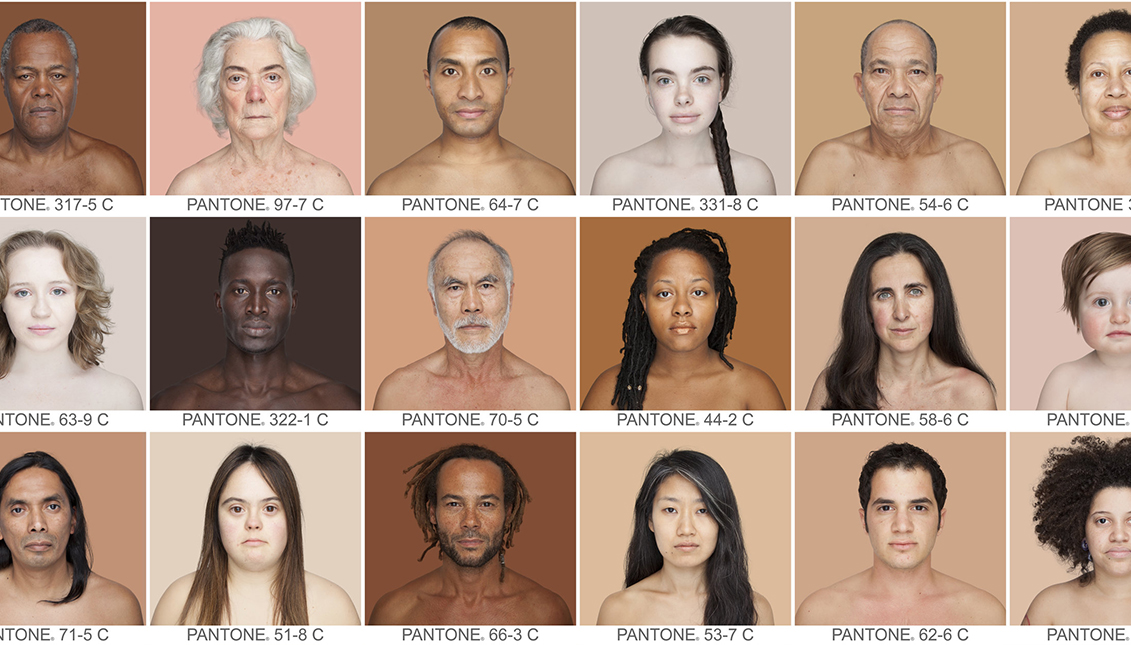
What the Pantone catalogue teaches us about identity and race
What color is the color 'flesh'?
"I am descended from black women who were domestic servants and white men who raped their female employees," is what the poet Caroline Randall Williams wrote about her family history and genetics.
The notion of race and identity is not as simple and watertight as 18th-century enlightened scholars like Swedish naturalist Charles Linnaeus tried to make us believe. Linnaeus' zeal for classification led him to divide the races into four and associate with each with not only physical traits such as skin color or hair type, but also character traits — the 'afer' were black, broad-nosed, cunning, and lazy; the 'asiaticus', yellow, melancholic and wore long robes; the 'europaeus', white, muscular, light-haired, fickle and normative; the 'americanus', red, big-nosed, lovers of freedom and painted bodies.
Mixing is in the DNA of the human being to the point that race becomes a construct loaded with prejudice — bold beliefs, artifices — and it is impossible to talk about purity just as it is impossible to deny, as Randall Williams said, the sum of oppressions that are part of our inherited history. It's also something that the great science fiction author Octavia Butler also refers to in novels such as Kindred, where the accidental time travel of an African-American woman leads her to discover her 'crooked' family tree.
"In the Pantone scales, primary colors are as important as mixed colors," said Brazilian photographer and artist Angelica Dass in a TED Talk.
Born into a large, mixed-race family, where she recognizes herself as part black, part white, and also part native — her long heritage — Dass never understood at school why there was a 'flesh' color when bodies and skins are so diverse.
RELATED CONTENT
In 2012 she began working with the Pantone catalog to try to reformulate a database of real and infinite colors beyond the watertight, colonial and racist notions of 'white,' 'yellow,' or 'black'. The result is 'Humanae,' a work in progress of more than 4,000 portraits that reveal the infinite tonality of people's skins.
"The chromatic inventory is done in a very simple and easy to repeat way, using a white background and taking a small square of 11x11 pixels from the nose that I apply to the Pantone", he explained. "The choice of the nose is intentional because it is the first part that changes when we sunbathe or have a cold. You don't have a single color yourself. "
The strength of the Black Lives Matter Movement and the reflection on race and the discrimination associated with it, has put this ongoing project back on the map. It is growing online organically and openly, like a beautiful and infinite catalog of diversity and colors.
The project, which began as something "familiar," has taken on "Borgian" dimensions, according to the photographer, and is used by many to speak of race and identity as a 'fluid,' from university professors to foster or adoptive families, who make use of the Pantone of "Humanae" as a game at home.
What color is flesh? See it HERE.











LEAVE A COMMENT: